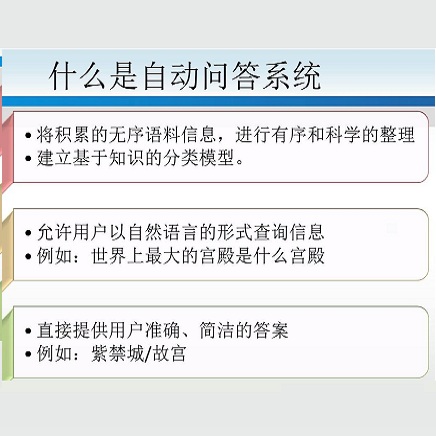Multi-hop QA requires reasoning over multiple supporting facts to answer the question. However, the existing QA models always rely on shortcuts, e.g., providing the true answer by only one fact, rather than multi-hop reasoning, which is referred as $\textit{disconnected reasoning}$ problem. To alleviate this issue, we propose a novel counterfactual multihop QA, a causal-effect approach that enables to reduce the disconnected reasoning. It builds upon explicitly modeling of causality: 1) the direct causal effects of disconnected reasoning and 2) the causal effect of true multi-hop reasoning from the total causal effect. With the causal graph, a counterfactual inference is proposed to disentangle the disconnected reasoning from the total causal effect, which provides us a new perspective and technology to learn a QA model that exploits the true multi-hop reasoning instead of shortcuts. Extensive experiments have conducted on the benchmark HotpotQA dataset, which demonstrate that the proposed method can achieve notable improvement on reducing disconnected reasoning. For example, our method achieves 5.8% higher points of its Supp$_s$ score on HotpotQA through true multihop reasoning. The code is available at supplementary material.
翻译:多跳 QA 要求对多个支持事实进行推理以解答问题。 然而, 现有的 QA 模式总是依赖捷径, 例如, 仅以一个事实而不是多跳推理提供真正的答案, 称之为$\ textit{ 互连推理} 问题。 为了缓解这一问题, 我们提议了一个新的反事实多跳 QA 方法, 这是一种能够减少脱节推理的因果关系的方法。 它基于明确的因果关系模型 :1 脱节推理的直接因果关系, 2 真正的多跳推理的因果关系效应。 例如, 在因果图中, 提出反事实推论, 将断开的推理与整体因果效应脱节, 为我们提供了一个新的视角和技术, 来学习利用真正的多跳推理而不是捷径的QA 模式。 在HotpotQA 数据库上进行了广泛的实验, 这表明拟议的方法可以在减少脱节推理推理方面实现显著的改进。 例如, 我们的方法在 Hotpot QA 的多重推理学中实现了5.8% 的更高点 。





